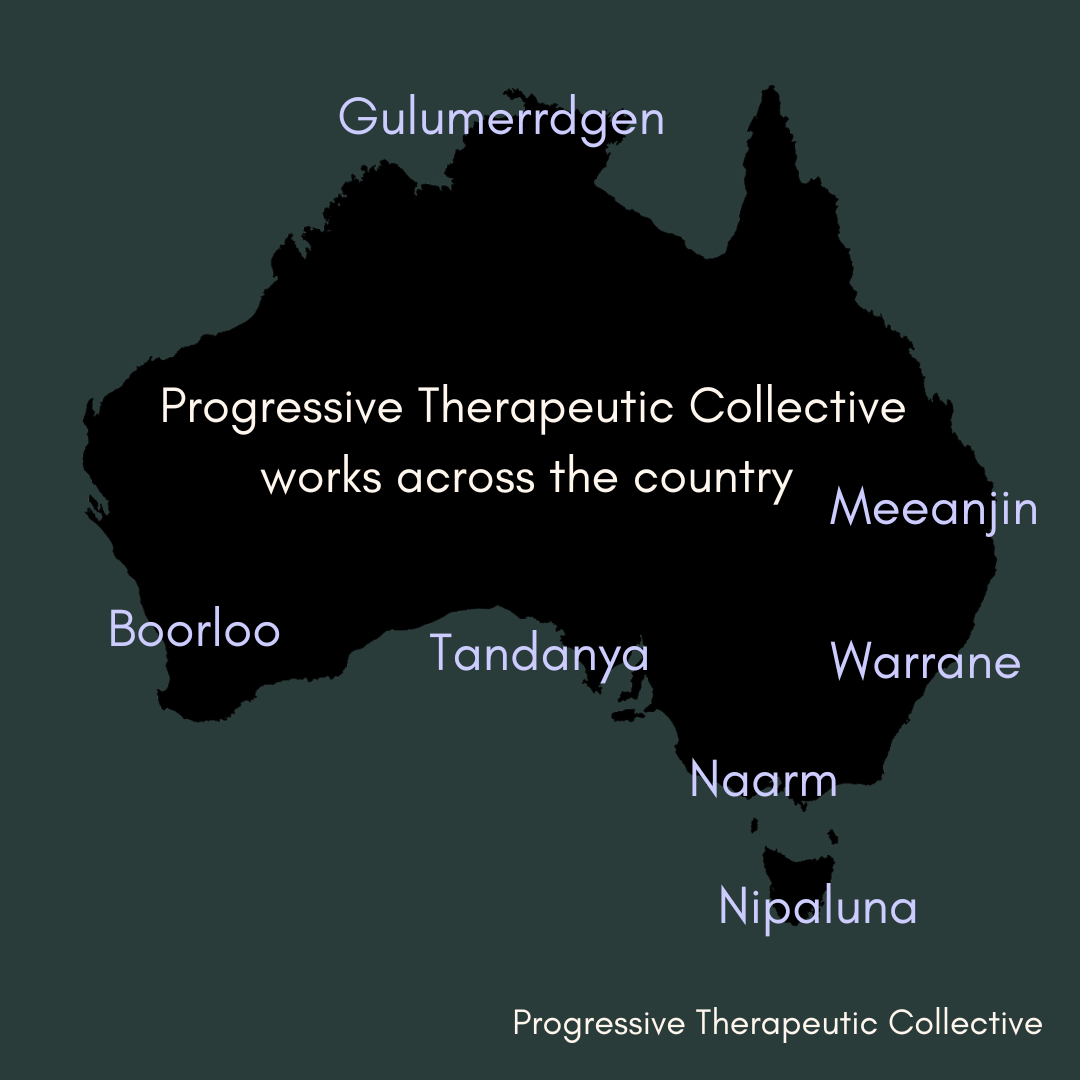Hanky Code
The Hanky Code emerged as a discreet way for gay men to communicate their sexual interests in an era when direct expression was often unsafe. Originating in San Francisco, the code played a critical role in the formation of queer subcultures, allowing individuals to navigate social and sexual networks more safely and effectively.
How the Hanky Code Works
The basic principle involves tucking a colored handkerchief in the back pocket of one's jeans. The color of the handkerchief indicates specific interests (e.g., blue for anal sex, red for fisting), while the pocket it’s worn in (left or right) signifies a preference for a dominant or submissive role, respectively.
Contemporary Relevance
While technology and social openness have reduced the Hanky Code's necessity as a covert signaling method, it remains a valued tradition and useful tool within kink and LGBTQ+ events, particularly in spaces celebrating historical queer culture and practices. It serves not only as a practical method for expressing preferences but also as a symbol of community identity and resilience.
Colors and Meanings
Red: Fisting
Dark Blue: Anal sex
Light Blue: Oral sex
Black: BDSM
Yellow: Watersports
Green: Prostitution or hustler (historically)
Purple: Piercing
Orange: Anything goes
Grey: Bondage
White: Masturbation
Pink: Dildo play
Considerations for Use
Consent and Communication: Even with its coded nature, the Hanky Code should complement direct and explicit discussions about consent and intentions.
Cultural Awareness: Newcomers should educate themselves on the nuances and meanings to avoid misunderstandings.
Inclusivity: While rooted in gay male culture, the code is increasingly embraced by a diverse range of people within the queer community. Respect for all identities and practices is paramount.
The Hanky Code stands as a fascinating example of how kink and queer communities have developed mechanisms for safety, expression, and connection. It underscores the importance of symbols in sexual culture and highlights the ongoing need for spaces where individuals can explore their identities and desires safely and openly.

